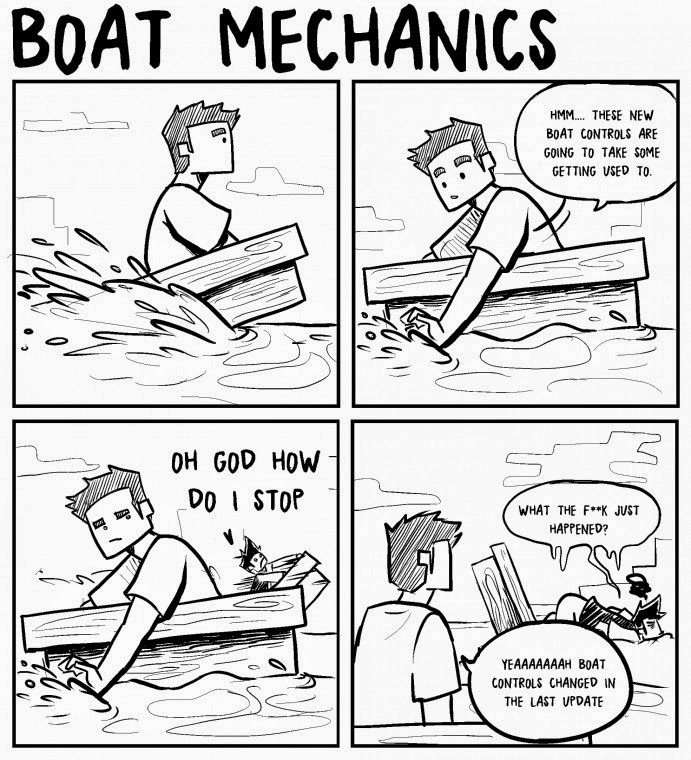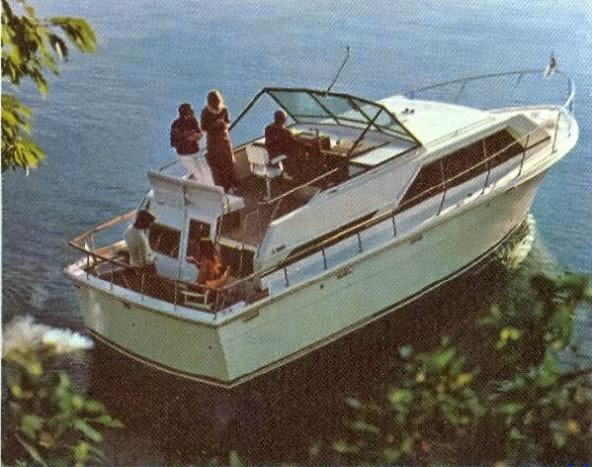http://boatnutmagazine.com/
Welcome Aboard Program Looking for Volunteers who love boating!
A welcoming program for new boaters in your community, Boat Nut latest program is to introduce new boaters to your region. Boat Nut will provide a welcome package from your city with details of events and places to go. Volunteers (CR) will complete a visit to the new boaters slip introducing themselves welcoming the new boater with gifts and promotional material so that new boaters become a part of your power boat community. Offering Boat Nut and the Welcome Aboard sponsors as a resource for their boating experience. Visiting boaters can call in and receive a dock side visit by one of our CR's. We want all boaters to feel at home and recognize our sense of the local power boat community.
Welcome Aboard program will start with a received email from the new boater with a request for a visit, a visit to their boat is necessary as we need to confirm that the client actually owns the boat. All visits will be scheduled with the CR, the CR will introduce themselves and proceed with welcoming the boater to the local power boat community. The community representative will be able to answer questions about local events and destinations. The CR will also field any questions that the client may have regarding the areas power boat owners popular spots, such as restaurants, bars, grocery stores or other local locations. If there are questions that the CR cannot answer they will be able to download the questions to Boat Nut and we will Email the client the answers that they require.
To Request a Visit Please Email boatnutmedia@gmail.com just enter request for visit and your Email Address
The CR (community representative):
1- Must have as much general local boating knowledge as possible
2- Must be a power boat owner
3- Should be familiar with the local marinas and their facilities
4- Have social connections with a variety of local boaters
5- Be available to meet clients on weekends
6- Have a real interest in power boats
7- Complete a introduction to Boat Nut Welcome Aboard program
8- Be able to communicate in the local dialect
9- Be respected in local power boat community
10- May not recommend any one business or service locally
11- Will have real input in your local power boat community, If you care join up!
The Client:
1- A new boater who has requested a visit from a Boat Nut CR
2- A transient boater who requests a visit from a Boat Nut CR
3- A boat dealer or broker who would like to add this service after closing a sale
4- A marine or yacht club who would like to have a visit as part of their slip rental program
5- Must be a power boat or a sail boat with a motor
6- Another boater who would like to have a visit planned as a surprise
7- Law enforcement request to free up their time
8- Power Boat education center who would like to provide an additional service for graduates
Why is this type of service necessary:
1- Brings new boaters into the local power boat community
2- Provides new boaters to your region vital information so they can enjoy their boating experience
3- Provides the new boater with a local support network
4- New boaters will be at ease with asking questions they may feel uncomfortable to openly ask
5- Develops new relationships with other boaters who have similar interests
6- New boater will have honest information that is direct from another boater
The power boat community is a very social community with people from different walks of life having an opportunity to meet over a similar interest. Boat Nut wants all new boaters to feel that they are immediately part of a community where they can enjoy the lifestyle that goes along with a boat purchase. If we continue to nurture and develop our boating community we all benefit. All new boaters and transient boaters in our community should not have to feel any frustration with finding out where to go for local supplies and services. Boating areas are passed over due to the fact that it is unclear as to where to find local supplies, services and mooring facilities. The feed back from this type of program can be forwarded to local boating support business and services so they can improve access to boaters. When accessible services and supplies are available we all benefit.
All of the CR representatives will receive free benefits from Boat Nut and will be invited every year to our Industry Partner end of year meeting, complete with all the benefits that this meeting provides (this benefit information is only provided to our CR volunteers). This is as a thank you for your involvement in this program, these include huge discounts and free products. For volunteer information please contact Boat Nut Media @ boatnutmedia@gmail.com and become an active boat nut! We hope to watch this program build support and flourish.
" WE WILL MAKE A BOAT NUT OUT OF YOU "
To guarantee access to all of Boat Nut Magazine articles, pictures and featured services visit the official Boat Nut Magazine ©™ website. Be sure to reply to the Boat Nut Association registration on our site for the latest Boat Nut weekly and monthly news letters and opportunities.
Copyright 2015 © Boat Nut Media, Toronto, Ontario. All rights reserved. No part of this information/publications may be stored in a retrieval system, transmitted, or reproduced in any way, including but not limited to photocopy, magnetic, or other record, without prior agreement and written permission of the publisher, Boat Nuts Media ©™ No liability is assumed with respect to the information provided.













































